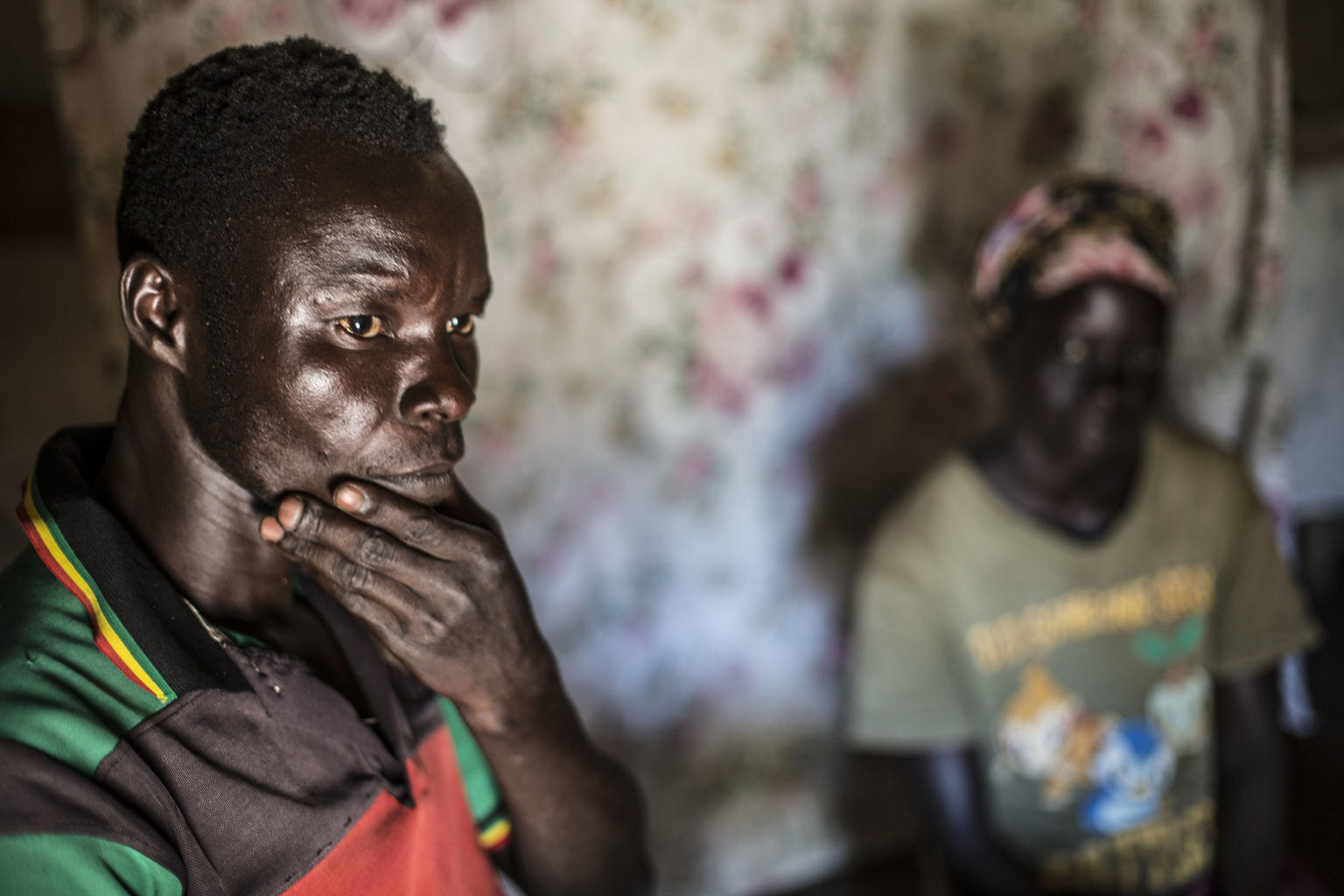Child marriage among boys in high-prevalence countries
An analysis of sexual and reproductive health outcomes

While the determinants and impacts of child marriage among girls have been well documented, little research exists on the practice among boys. This paper explores the sociodemographic profile of men who married by age 18 and assesses whether they are more or less advantaged than their peers in terms of their sexual and reproductive health outcomes.
This analysis used the most recent data from nationally representative household surveys for the 15 countries with the highest prevalence of marriage by age 18 among men aged 20–24 at the time of the survey. The prevalence of child marriage was then explored for the full cohort of men aged 20–49 through descriptive statistics and bivariate analysis.
For this subset of countries, the prevalence of child marriage among men aged 20–24 ranges from 8.4 to 27.9 per cent. The practice appears most common among respondents living in the poorest households and in rural areas, and with no education or only primary schooling. Men who married as children appear less likely to have comprehensive knowledge of HIV than their peers who married in adulthood.